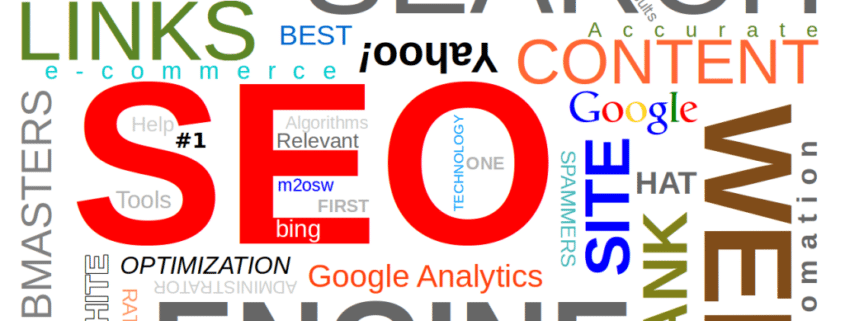Want Digital Marketing to Work For You? Integrate Some Analog Thinking.
As buyers look for new ways to engage with and purchase their preferred brands, those brands are bringing the sales process to them nonstop through digital and mobile interactions.
Given this push to be present everywhere the buyers are, brands — to no one’s surprise — are hiking their digital marketing budgets. One estimate is for a 14 percent increase in 2015.
That sounds pricey, but brands are finding this level of increase worthwhile because one of the big advantages with digital marketing is its ability to cost-effectively reach customers across different platforms.
Leveraging this advantage, in turn, is the secret sauce for online marketing efforts. Emails driving viewers to landing pages that offer relevant and attractive content downloads, for example, are a staple of today’s marketer. Add in social-media touch points, SEO and pay-per-click ads — all of which reinforce the brand’s offer — and the result is a powerhouse campaign that should deliver what the brand is hoping for.
So why doesn’t this digital approach work for everyone? The upside and downside of digital marketing is that anyone can do it, but the sheer volume muddies the waters. For your particular programs to deliver strong returns on your investments, they need to stand out from the pack. Here are two key points to keep in mind.
1. Relevancy rules.
Longtime direct marketing experts are disciplined about optimizing the two critical components of any outbound marketing effort. They are: the target audience, the offer and the accompanying supporting, creative content.
For digital marketing these components are even more important. Analysts in 2014 estimated that close to 200 billion emails were sent and received each day, with almost half of those originating within the business sector. You don’t need anyone to tell you that this translates into a lot of crowded inboxes.
Of course, your audience may be unwilling to sift through those jam-packed inboxes, and instead simply delete anything remotely promotional without so much as a second glance. So, it’s very important to create a high-quality, targeted email contact list for your marketing campaigns as well as a strong offer, and strong creative content, that stand out. Otherwise, you’re simply wasting money.
2. Think ‘integrated,’ not ‘isolated.’
While you can implement pure online and offline programs separately, both are far more influential when they’re part of a unified strategy in which each complements the other. Think of the project as teamwork.
Online marketing can be golden for prospecting, lead-qualifying and lead-scoring. Then, once you get a lead to a level where he or she is ready to be engaged from a sales perspective, pass the relay wand to the offline approaches. Using both methods, hand-in-hand and driven by a central strategy, will yield far greater results than using either part, doled out piecemeal.
The thinking of days past was that seven exposures to a brand were what it took to make a sale. But with the myriad ways customers are barraged from all angles today, it’s arguable that twice as many exposures are actually needed.
The lesson here is to work toward fueling your marketing with a strategy that incorporates both online and offline marketing, in order to identify prospects, convert them into customers and keep them for years to come. That’s the real winning formula.





